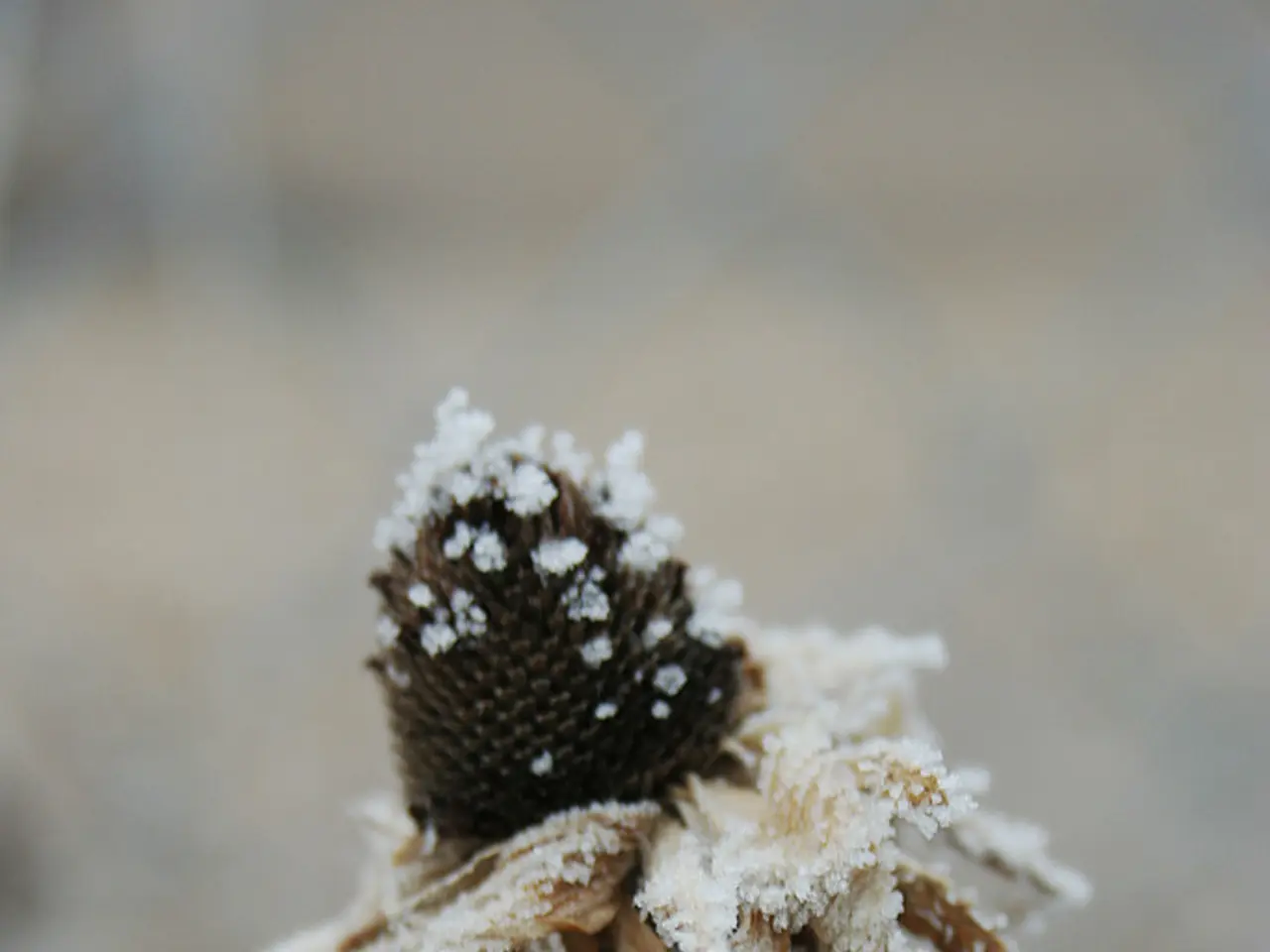Strategies to Prevent Thistles from Dominating Your Yard or Garden
Living with Pain? Say Goodbye to Prickly Thistles in Your Lawn
Think about walking barefoot in your garden without a worry, not having to deal with those annoying lawn weeds with their spiky leaves. Well, thistles might just be turning that dream into a nightmare! These weedy critters, known for their prickly foliage that hides close to the ground, often evade mowing blades and cause pain when stepped on. To help you kick these thorny intruders off your lawn, here's a comprehensive guide.
Identifying Friends from Foes
It's important to know the difference between native and invasive thistles living in your garden. While native thistles can serve as a nectar source for hummingbirds, butterflies, and other pollinators, they might still be unwanted in some spaces. In contrast, non-native thistles, especially Canada thistles, are much more aggressive, invading pasture lands, open fields, and home lawns. Recognize them by their ground-hugging leaves with wavy edges and frequent stems like a slender tuft of green.
Battling the Prickly Invaders
Beating thistles off your lawn can be a challenge. Here are some effective strategies:
Going Hand-to-Thistle
Chemical-free removal is possible by simply pulling thistles by hand. Spring and early summer, when thistles are young, are the best times for this technique. Wear thick gardening gloves, and get to work pulling them out, preferably right after a rain. The moist soil makes it easier to remove more of the root system, reducing the chance of regrowth. Don't fret if every hand-pulling doesn't yield immediate results; consistency is key, and you'll start noticing a reduction in the following year.
Remember, tossing thistle stems, leaves, and roots in a compost pile will just cause new plants to grow. So, dispose of them in the trash instead.
Weaponizing Chemicals
For larger infestations, an herbicide approach might be necessary. Select a product specifically designed to control Canada thistle, and apply it during the growing season (spring, early summer, or fall). It's crucial to follow the label instructions to avoid causing harm to other plants and the environment.
Bear in mind that calm, cooler days with temperatures below 80°F are ideal for applying herbicides to prevent chemical drift and accidental harm to non-target areas.
Fighting the Good Fight
Preventing thistles from invading your lawn begins with maintaining a healthy, lush turf. Here are some seasonal tips to help In the spring, establish a regular mowing rhythm, maintaining optimal grass height for the species to stifle thistle growth. Mow every 4 to 6 days during optimal growing conditions, ensuring your lawn has a thick mat of foliage with little space for thistles to grow.
In summer, mow consistently and water deeply and infrequently to develop a deep root system that chokes out thistles.
In the fall, fertilize your lawn with an all-purpose lawn fertilizer according to label directions to nurture the growth of strong, healthy grass that prevents thistle invasion.
With these tips and techniques, you'll be one step closer to creating a tickle-free, prickle-free sanctuary that lets you wander barefoot without a worry!
- Caring for your yard involves identifying the difference between native and invasive thistles, as native thistles can serve as a nectar source for pollinators, while invasive ones, like Canada thistles, are more aggressive.
- To keep a tickle-free lawn, battling prickly thistles may require both chemical-free hand-pulling methods and herbicide approaches, depending on the size of the infestation.
- In addition to controlling existing thistles, preventing their invasion begins with maintaining a healthy, lush lawn through proper mowing, watering, and fertilizing practices.
- Seek guidance from trusted sources such as Better Homes and Gardens (BHG) or home-and-garden lifestyle experts for more tips on gardening and dealing with pest problems like the fix of a pest problem that are weeds, bugs, or diseases.
- By employing these strategies, they will help you create a sanctuary in your garden, where you can enjoy living, gardening, and strolling barefoot without the annoyance of prickly thistles or any other unwanted intruders.








